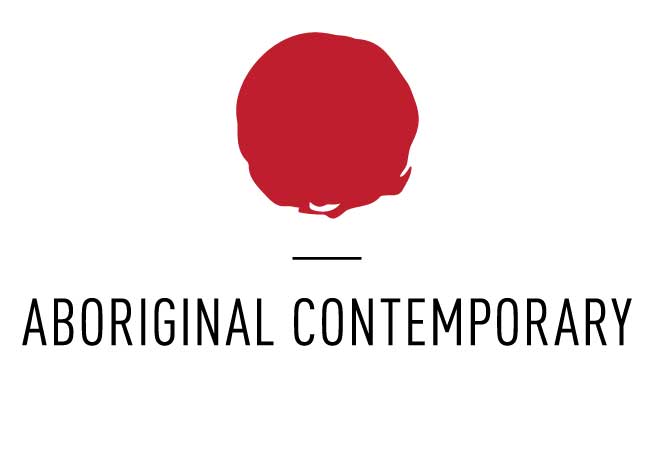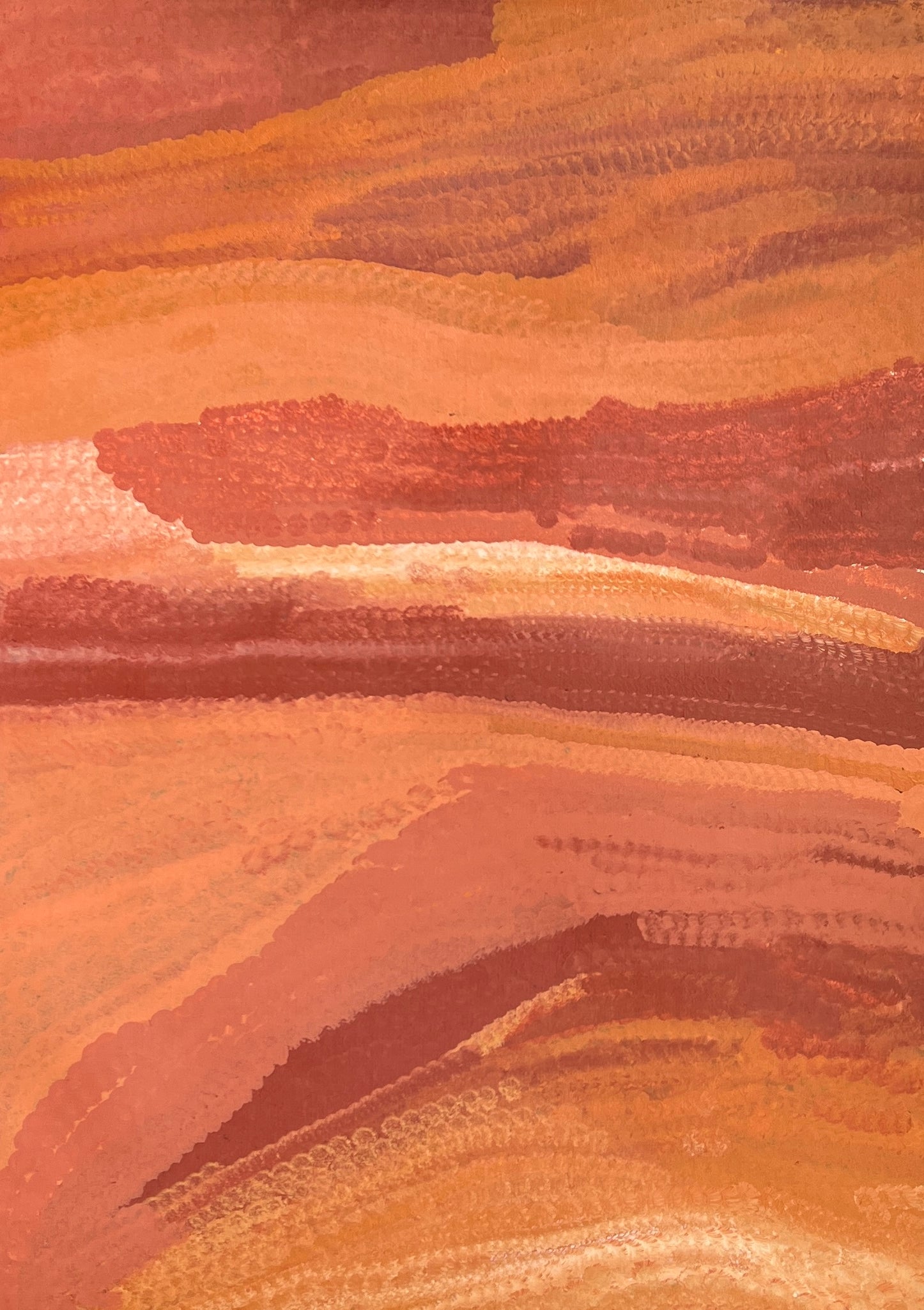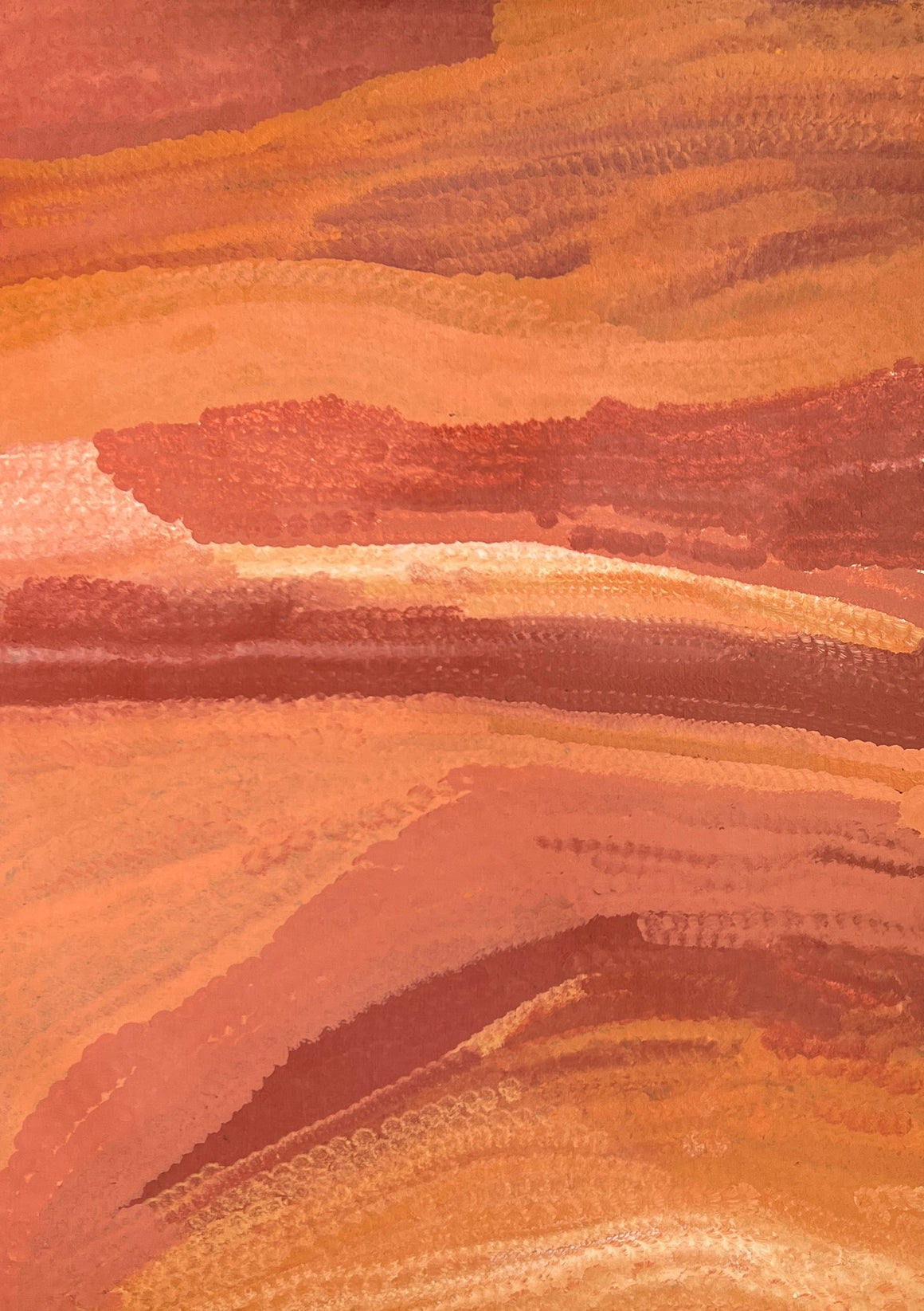Martumili Artists was established by Martu people after consideration of other desert artists’ experiences of the art market. The Martu are the traditional owners of a vast area of the Great Sandy, Little Sandy and Gibson Deserts. Their country stretches from the Percival Lakes in the north, to Lake Disappointment in the south, and runs east, across the Canning Stock Route to the WA/NT border. The Martu are one people, encompassing Manyjilyjarra, Kartujarra, Putijarra and Warnman language speakers.
Most Martu people maintained an entirely independent, nomadic desert lifestyle until the 1950s and 1960s when they walked into settlements in response to a long and severe drought.
Today, Martu people live in their own communities and regularly visit regional centres such as Newman and Port Hedland.
One way in which Martumili Artists has been responsive to the wishes of the Martu artists as a group has been by establishing art spaces and studios which allow artists to work in their own communities. Since most of the communities are separated by a half days’ drive, this has been logistically complex, but remains critical to the success of a distinctively Martu arts centre.
The strength of Martu artists’ commitment to artistic practice is visible not only in their artwork, but also in the markedly independent, rigorous and practical path Martu people followed in establishing Martumili Artists. Making artworks, and managing the way those artworks are sold and exhibited are key ways in which Martu people are working to keep their culture strong.
Below are the current artworks we have in the gallery from Martumili.




